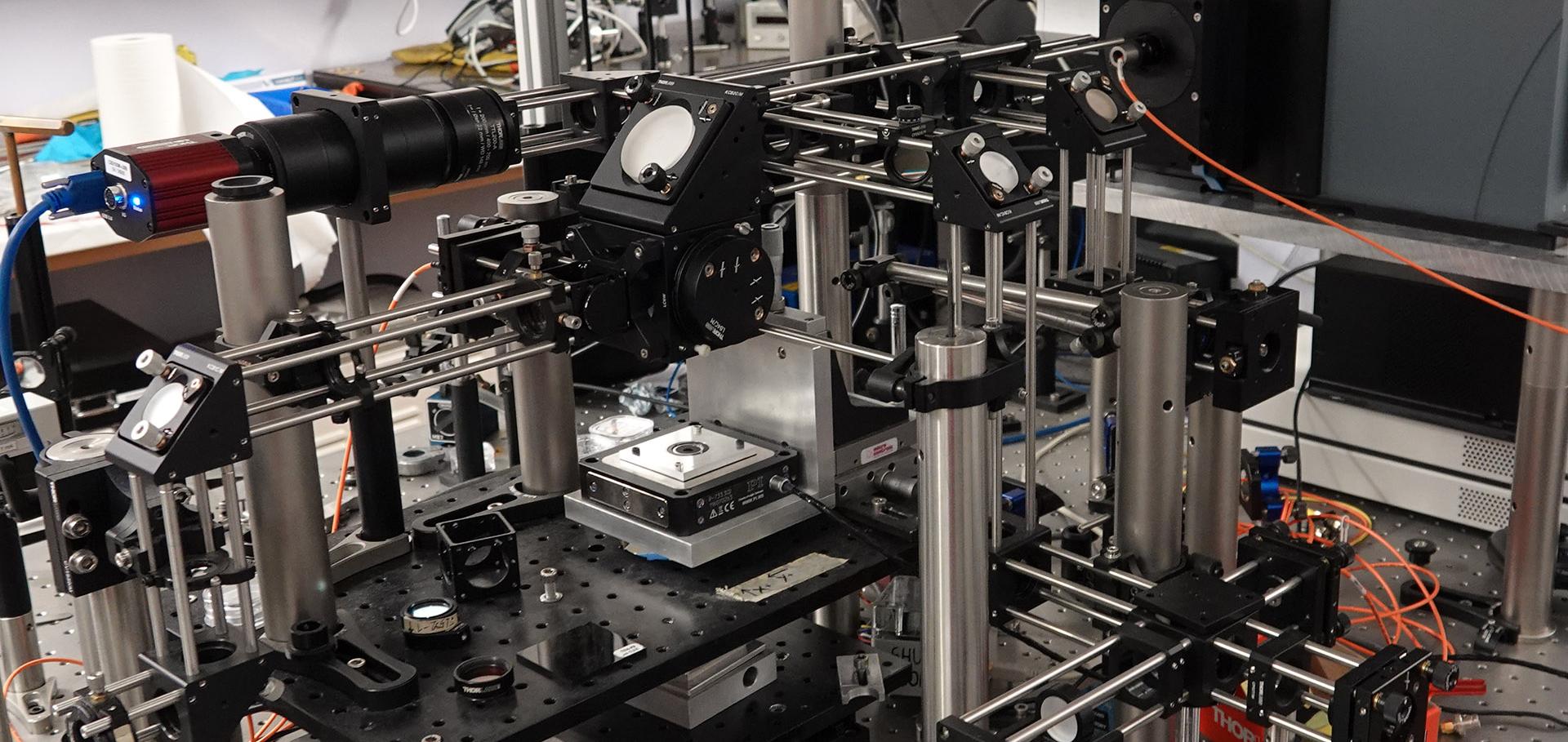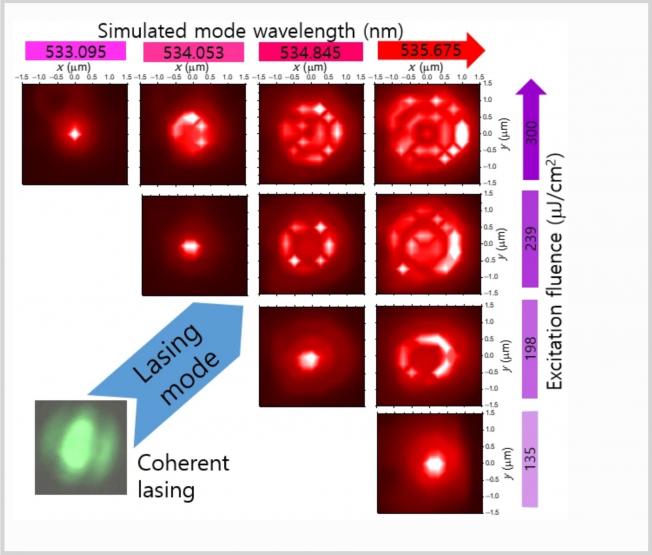Photonic molecules defined by SU-8 photoresist strips on a photonic crystal waveguide
Optics Express Optical Society of America (2018)
Nitride Single Photon Sources
2018 IEEE PHOTONICS CONFERENCE (IPC) (2018)
Mitigating the photocurrent persistence of single ZnO nanowires for low noise photodetection applications.
Nanotechnology (2018)
Abstract:
In this work, we investigate the optoelectronic properties of zinc oxide (ZnO) nanowires, which are good candidates for applications based on integrated optics. Single ZnO nanowire photodetectors were fabricated with ohmic contacts. By taking current transient measurements in different atmospheres (oxygen, air, vac- uum and argon), and at various temperatures, we point out the importance of surface effects on the electrical behaviour. Results confirm that oxygen chemisorption is responsible for the existence of a high photocon- ductive gain in these devices, and for the first time a two step process in the photocurrent rise transient is reported. A maximum gain of G = 7.8 × 10^7 is achieved. However, under certain conditions, the persistence of the photocurrent can last up to several hours and as such may prevent the device from operating at useful rates. From a knowledge of the photocurrent response mechanisms, we establish a method to restore the pho- todetector to its initial state, with very low dark current, by applying an appropriate gate voltage sequence. This advances the state of the art for these detectors towards commercial applications.Light controlled optical Aharonov–Bohm oscillations in a single quantum ring
Nano Letters American Chemical Society 18:10 (2018) 6188-6194
Abstract:
We found that optical Aharonov–Bohm oscillations in a single GaAs/GaAlAs quantum ring can be controlled by excitation intensity. With a weak excitation intensity of 1.2 kW cm–2, the optical Aharonov–Bohm oscillation period of biexcitons was observed to be half that of excitons in accordance with the period expected for a two-exciton Wigner molecule. When the excitation intensity is increased by an order of magnitude (12 kW cm–2), a gradual deviation of the Wigner molecule condition occurs with decreased oscillation periods and diamagnetic coefficients for both excitons and biexcitons along with a spectral shift. These results suggest that the effective orbit radii and rim widths of electrons and holes in a single quantum ring can be modified by light intensity via photoexcited carriers, which are possibly trapped at interface defects resulting in a local electric field.Room temperature InP/InGaAs nano-ridge lasers grown on silicon emitting at telecom-bands
Optica Optical Society of America 5:8 (2018) 918-923



